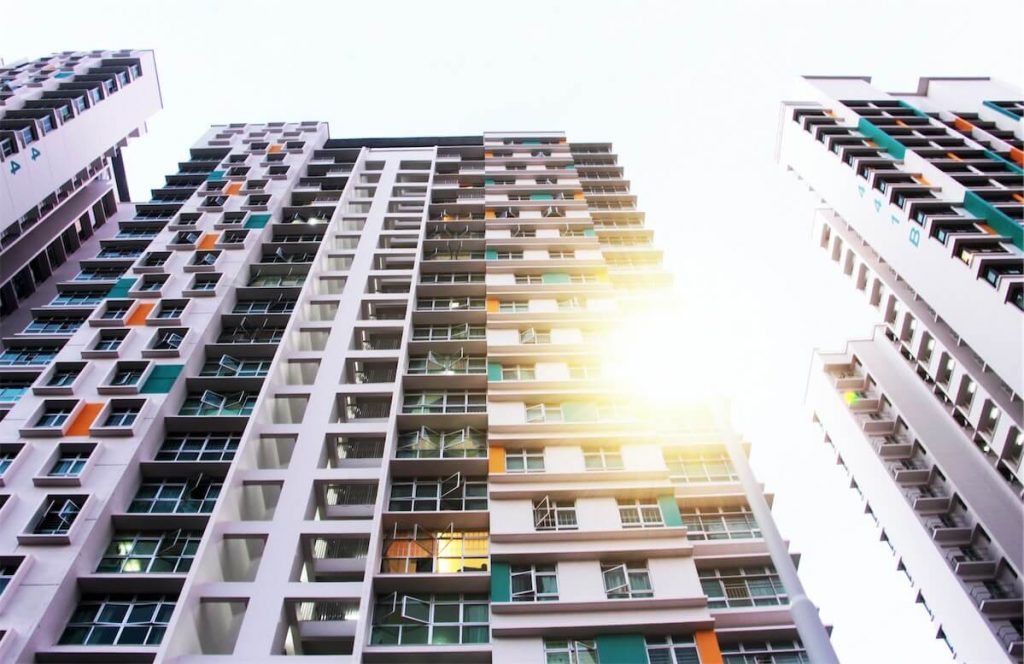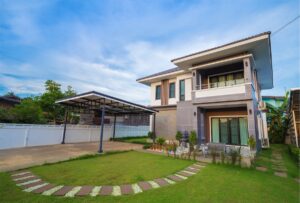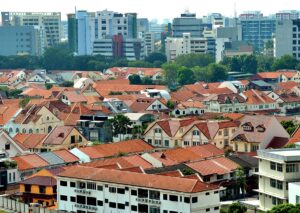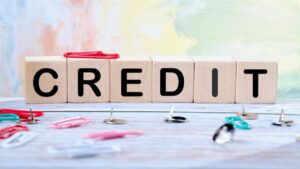A property stamp duty is kind of like COE. Just like how COE drives up the cost of owning a car, the stamp duty is one of those fees that makes buying a property so expensive in Singapore.
But unlike vehicles, there’s also a stamp duty for selling a property in Singapore. In this article, we dive deep into the 3 main types of property stamp duty in Singapore: BSD, ABSD, and SSD.
What is the Buyer’s Stamp Duty (BSD)?
The Buyer’s Stamp Duty, or BSD, is a form of stamp duty that you need to pay as long as you buy or acquire a property in Singapore.
Regardless of your residency status or the number of properties you own, you’ll have to pay for it.
How to calculate the BSD?
How much you’ll need to pay for the BSD depends on 2 things:
- Purchase price or market value of the property, whichever is higher
- Prevailing BSD rate
As of 20 February 2018, the current rates are as follows:
| Purchase price or market value of the property | BSD rates for residential property |
|---|---|
| First $180,000 | 1% |
| Next $180,000 | 2% |
| Next $640,000 | 3% |
| Remaining amount | 4% |
Let’s say you’re buying an HDB resale flat for $725,000. The calculation for the BSD will be:
(1% × $180,000) + (2% × $180,000) + (3% × $365,000) = $16,350
But if you’re a PR, foreigner buying your first property, or Singaporean buying your second property, you’ll also need to pay another type of stamp duty: ABSD.
What is the Additional Buyer’s Stamp Duty (ABSD)?
The Additional Buyer’s Stamp Duty (ABSD) is a stamp duty that you may have to pay on top of BSD when you buy a residential property in Singapore.
Whether you need to pay for the ABSD depends on 2 things:
- Your residency status
- Number of residential properties you own
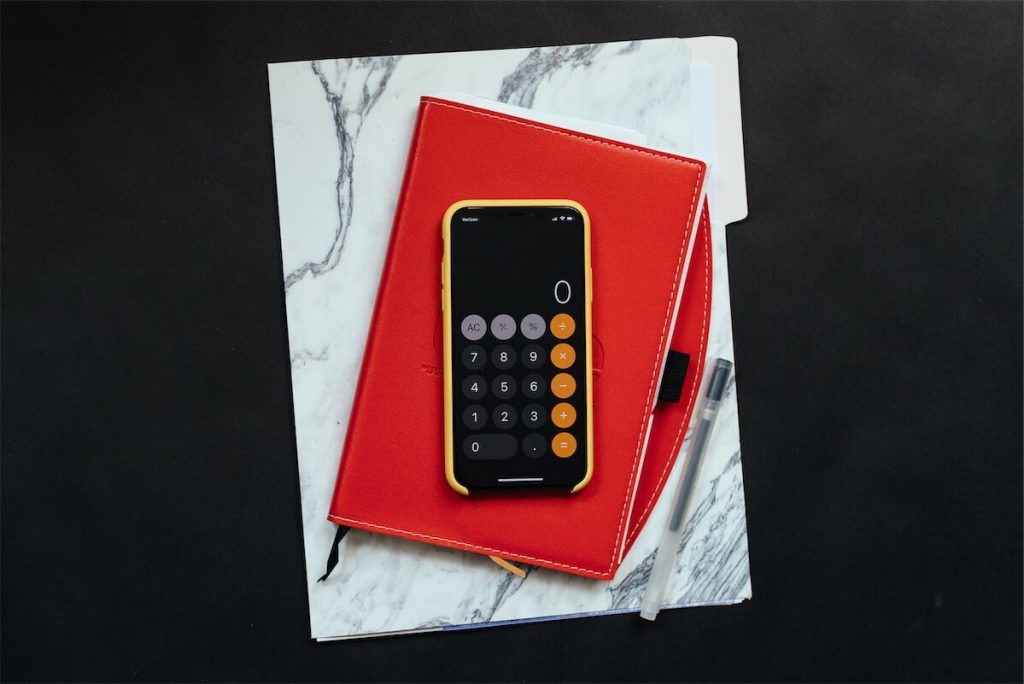
Alt-text: A phone calculator on top of a notebook and laptop. The calculation of your ABSD is dependent on your residency status and the number of properties you own.
How to calculate the ABSD?
Just like the BSD, the ABSD is calculated as a percentage of the property’s purchase price or market value, whichever is higher.
However, the rate you’ll need to pay depends on your residency status and the number of residential properties you own. If you’re a PR or foreigner, you’ll have ABSD exposure.
Since its introduction in 2011, the ABSD rates have changed over the years. Depending on the property market condition, the government can revise the ABSD rates again.
Here are the current rates, as of 6 July 2018:
| Buyer profile | ABSD rates from 6 July 2018 onwards | ||
|---|---|---|---|
| First residential property | Second residential property | Third and subsequent property | |
| Singapore citizens | – | 12% | 15% |
| Singapore PR | 5% | 15% | 15% |
| Foreigners | 20% | 20% | 20% |
| Entities | 25% (plus an additional 5% for housing developers) | 25% (plus an additional 5% for housing developers) | 25% (plus an additional 5% for housing developers) |
What if you’re buying with someone who doesn’t have the same residency status as you?
Here’s where it can get a little tricky. The short answer is that the higher ABSD rate will be applicable.
Let’s say you’re a Singaporean and currently own 1 property. Your spouse is a PR and also presently owns 1 property. Both of you are planning to buy another condo at $1,200,000 together, without selling current properties.
In this case, the ABSD rate will be based on your spouse’s profile, which will be 15%. This translates to: (15% × $1,200,000) = $180,000
How to avoid the ABSD?
There are a few ways in which you can go about without paying for the ABSD.
1. When you’re selling your current property before buying a second property
If the buyer for your current property has exercised the Option to Purchase (OTP) before you exercise the OTP for your purchase, there is no ABSD exposure.
2. When you and your spouse are selling your first property after buying a second property
Technically, both of you will still have to pay for the ABSD first, but you can get a remission for it when you sell your first property within 6 months from the exercising date of your purchase.
For the uncompleted property, you have 6 months to sell after obtaining TOP/CSC for the new property.
Afterwards, you’ll need to apply for the remission within 6 months after its sale, provided the ownership status remains.
3. When you’re downgrading to an HDB resale flat
You won’t be subjected to ABSD if you’re downgrading from private property to an HDB resale flat. This is because you need to sell off your private property within 6 months after buying the resale flat.
On the other hand, while selling off your property can help you save on ABSD, you may have to pay for another type of stamp duty in Singapore: SSD.
What is the Seller’s Stamp Duty (SSD)?
Unlike the BSD and ABSD, the Seller’s Stamp Duty (SSD) is a stamp duty on the sale or acquisition of residential properties in Singapore.
Specifically, you’ll need to pay the SSD if you sell off your residential property within 3 years after its purchase. SSD is also only applicable for properties bought from 20 February 2010 onwards.
This means that the SSD won’t be applicable when you sell your HDB flat after the 5-year Minimum Occupation Period (MOP).
How to calculate the SSD?
How much you’ll have to pay for the SSD depends on 4 things:
- Type of the property to be sold
- Date of the property purchase or acquisition
- Date of the property sale
- Property price or market value, whichever is higher
Just like the ABSD, the SSD rates have been revised over the years.
The current SSD rates are as follows:
| purchase | Holding period | SSD rate |
|---|---|---|
| From 11 March 2017 onwards | Up to 1 year | 12% |
| More than 1 year and up to 2 years | 8% | |
| More than 2 years and up to 3 years | 4% | |
| More than 3 years | No SSD to be paid |
Let’s say you bought a condo for $1,300,000 on 1 July 2020 and decide to sell it 10 months later, on 1 May 2021, for $2,000,000.
Since it’ll be less than 1 year since you’ve bought it, the SSD you’ll need to pay will be 12% of the selling price, which is $240,000.
On the other hand, if you decide to wait longer and sell it on 1 May 2022, which will be 1 year 10 months after the purchase, the SSD to be paid will be 8% of the selling price. This equals $160,000.
You may also use IRAS’ stamp duty calculator to calculate the BSD, ABSD, and SSD to be paid.
When do you not need to pay the SSD?
Similar to the ABSD, there are certain scenarios in which you’ll be exempted from the SSD.
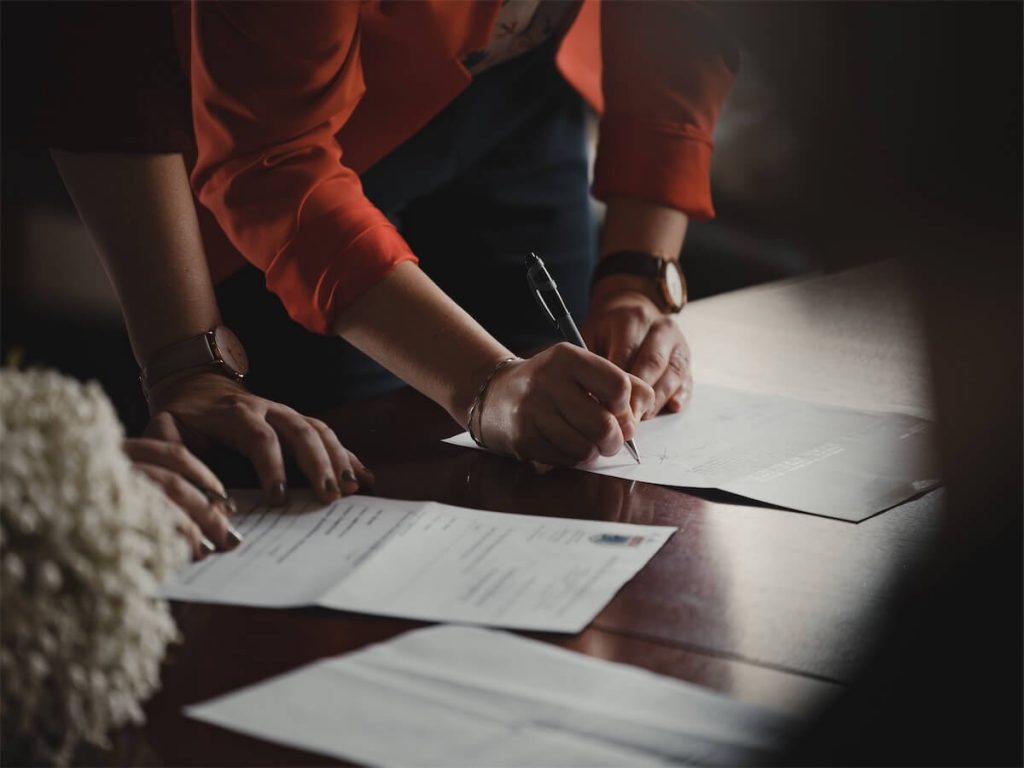
1. Bankruptcy
If you’re declared bankrupt and ordered to dispose of your property to pay off your debt, you won’t need to pay the SSD.
2. Inheritance
This only applies when you inherit an HDB flat. If you own an HDB flat and inherit another one, you’ll need to sell off one of them. This is because you can only own one HDB flat at any one time.
Similarly, if you own a non-HDB flat and inherit an HDB flat, you’ll need to dispose of the latter.
In both cases, you won’t have to pay the SSD.
3. Marriage
Let’s say you own an HDB flat and marry someone who has an HDB flat under his or her name.
Both of you will need to live under one HDB flat and dispose of the other flat, without having to pay for the SSD.
Paying property stamp duty in Singapore
As you can see, whether it’s BSD, ABSD, or SSD, the amount to be paid for stamp duty in Singapore is substantial.
Before jumping into buying a property, be sure to take into account any conditions and exemptions. While the BSD is unavoidable, you may not have to pay the ABSD if you meet certain criteria.
Likewise, it’s better to hold off selling your property for a few years to reduce or even avoid paying the SSD. Doing all these can help you save money and get you closer to your financial goals.
Still unsure of your stamp duties and mortgage requirements? Consider engaging a mortgage broker to help you through the process.

At FinanceGuru, we seek to help homeowners find the best home loan and help them achieve their financial goals. Learn more about how you can optimise your home loan and uncover potential ways to save you money and time. Get a non-obligatory assessment and loan product recommendations today.

